In recent years, the rail industry has seen a transformative shift. This was kickstarted by the implementation of cutting edge technology aimed at improving safety, efficiency and overall operational performance. One of the main leading innovations in this space is the European Train Control System (ETCS).
This is a standardised approach to signalling and control systems that has revolutionised rail operations throughout Europe. ETCS brings a host of benefits (and challenges) that require careful consideration and strategic planning techniques to achieve.
Improved Safety Standards:
ETCS significantly improves safety standards by providing a continuous flow of data between the train and the trackside infrastructure. This results in more reliable and accurate train positioning, reducing the risk of collisions and ensuring better protection against potential hazards.
The primary objectives of ETCS are to enhance connectivity between different railway networks and improve overall safety by providing real-time train data flows. This is achieved by continuously monitoring and controlling train speed and movement. Based on the integration technology of the systems, this provides the basis for the future of fully Automatic Train Operation (ATO).
Interoperability and Standardisation:
ETCS provides many benefits from its standardised approach, as it facilitates interoperability between different rail networks. Maintenance and upgrades become more streamlined due to standardised equipment and protocols. This helps reduce complexity and costs associated with managing a diverse number of signalling systems.
ETCS provides real-time data on train and track conditions. Data like this can be leveraged to assist with predictive maintenance, identifying potential issues before they become a larger issue. This shift towards condition-based maintenance can also allow a more efficient allocation of resources.
What Are The Different Levels of ETCS?
The European Train Control System is categorised into different levels, each representing a specific set of functionality and safety features.
Level 0: Non-ETCS
- Level 0 refers to the absence of ETCS. Trains rely on national train control systems that may vary between different networks and routes.
- Traditional signalling systems, including trackside signals and fixed block systems, are used to control train movements.
- There is no continuous communication between the train and the trackside infrastructure. Train speed is primarily regulated by the wayside signals.
Level 1: ETCS Limited Supervision:
- Trains communicate with the trackside equipment through Eurobalises, which are transponders placed along the tracks.
- The Eurobalises provide limited supervision, primarily focusing on transmitting movement authorities to the train.
- Continuous train supervision is not provided; instead, the system periodically updates the train with speed and movement authorities based on trackside conditions.
Level 2: ETCS Full Supervision:
- Level 2 introduces continuous train supervision, allowing for more dynamic control of train movements.
- Communication between the train and the trackside equipment is continuous through radio communication systems.
- Movement authorities and speed limits are continuously updated in real-time based on the train’s position and track conditions.
- Level 2 enables higher traffic capacity and operational flexibility compared to Level 1.
Level 3: ETCS Train Operation Without Lineside Signals:
- Level 3 represents a significant departure from traditional signalling methods, as it eliminates the need for lineside signals.
- Trains operating at Level 3 rely entirely on continuous communication with the ETCS system via radio communication.
- The train determines its own speed based on the movement authorities received from the ETCS system, without relying on fixed signals.
Using business intelligence tools (such as our rail planning software platform) gives you the confidence to make better decisions, and enhance productivity and efficiency for all of your rail planning projects.
We can help you get the best results and the correct information every time. For more information about our product and to see how using business intelligence can significantly improve your planning for rail maintenance, upgrades and more, contact one of our team today for a demo of our rail planning platform.
